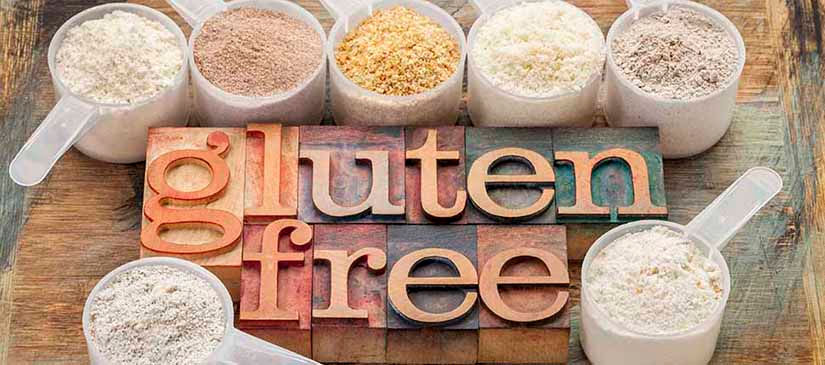What is Gluten Anyway?
- Maria Moore
- Mar 7, 2017
- 4 min read
Updated: Feb 7, 2018
Gluten is the name given to a family of proteins found in wheat, rye, barley, and triticale. It is the “glue” that holds food together and helps it to maintain its shape. There are two main proteins found in gluten, glutenin and gliadin and it is the latter protein, gliadin, that is responsible for most of the negative healthy effects seen today.

When flour is mixed with water, the gluten proteins transform into a sticky substance that has a glue-like consistency. This glue-like property makes the dough elastic and helps the bread to rise when baked. It gives baked good that chewy satisfying texture.
Why Some People Cannot Tolerate Gluten
New research has found that not many people can tolerate gluten. For those who are particularly sensitive to it, especially those with celiac disease, it can cause sever health problems, and even death.
Celiac disease is an autoimmune disorder in which the body treats gluten as a foreign invader. During the digestive process, the body attacks the gluten as well as the gut lining, damaging the gut wall in the process. A damaged gut wall, also known as leaky gut, allows toxic waste, undigested food particles and bacteria to enter the blood stream and hinders the normal absorption of vital nutrients. This may lead to severe digestive issues, nutrient deficiencies, anemia, weight gain, bloating, skin irritation, brain fog, chronic fatigue, and a host of other related diseases. The most common symptoms of celiac disease are digestive discomfort, tissue damage in the small intestine, bloating, diarrhea, constipation, headache, fatigue, skin rashes, depression,weight loss, and foul smelling feces.
One of the most common indicators of gluten intolerance is digestive discomfort, bloating, and pain. If you are experiencing those symptoms, speak to your doctor and ask to be tested for celiac disease or gluten sensitivity.
Testing For Celiac Disease
There are two ways to diagnose celiac disease. One way is to have a blood test to screen for antibodies. The most common blood test for this screen is called the TG-IgA test. If the test is positive, a tissue biopsy is usually recommended to confirm the results. The second way to diagnose celiac disease is to have a biopsy of the small intestine, which is then analyzed for damage.

If you don't have celiac disease, the best way to find out if you're gluten intolerant is through the process of elimination. Adopt a strict gluten free diet for a few weeks to see if the symptoms subside. If they do, start to reintroduce gluten products into your diet slowly (usually one at a time) to see if your symptoms return and to also partner those symptoms with the foods that have been reintroduced. If there are no changes in your symptoms either way, then it is likely that the cause of your discomfort is something other than gluten.
Products That Contain Gluten
Gluten can be found in a variety of food products and especially in ones that you least expect to find it, like french fries. The three main foods that contain gluten are wheat, rye, and barley; but it is also found in triticale (a hybrid of wheat and rye) and spelt. In addition, wheat is also found in a large variety of processed foods, so make sure you read your food labels. Here is a breakdown of common foods that contain wheat, rye, and barley.
Wheat is commonly found in the following products: breads, baked good (cakes, cookies and pastries), soups, pasta, cereal, sauces, salad dressings, and roux.
Rye is commonly found in the following products: Rye bread (such as pumpernickel), rye beer, and cereals.
Barley is commonly found in the following products: malt (malted barley flour, malted milk and milkshakes, malt extract, malt syrup, malt flavoring, and malt vinegar), food coloring, soups, beer, and Brewer's Yeast.



Comments